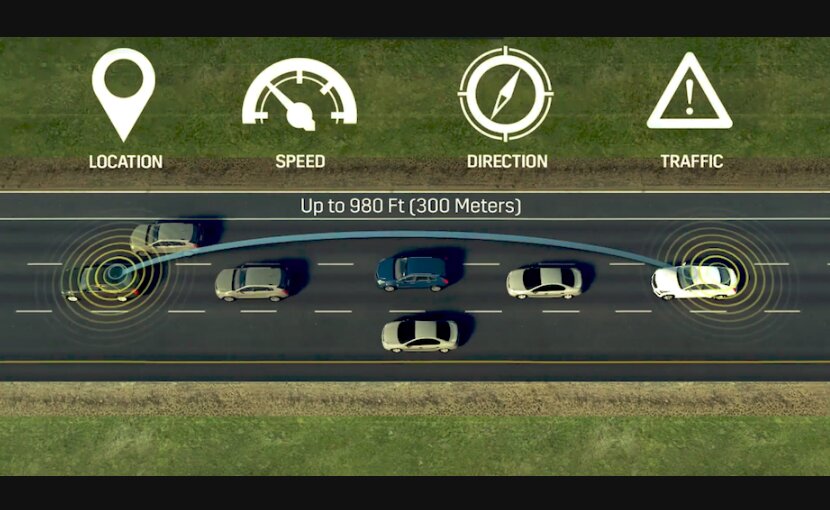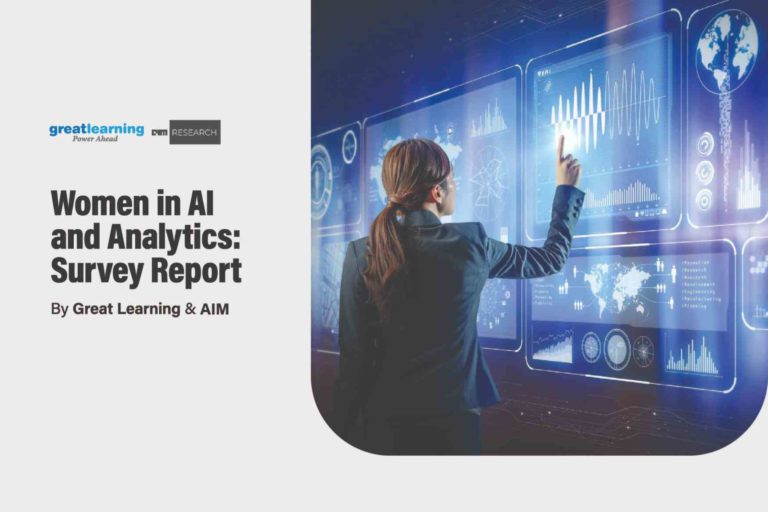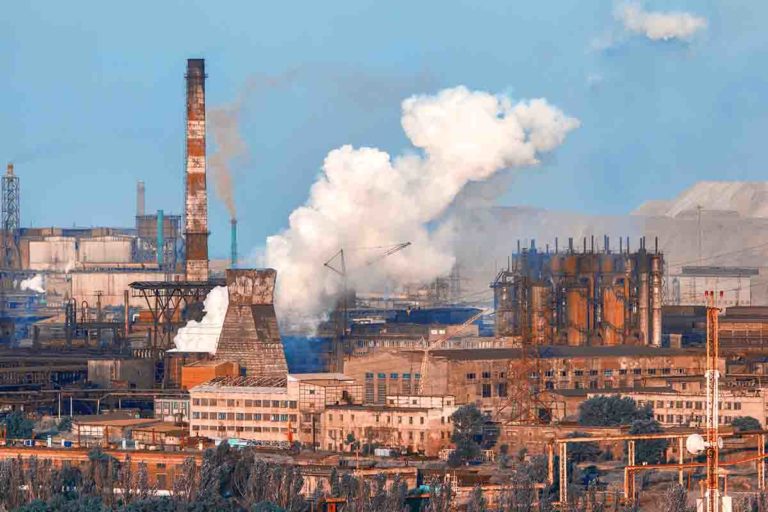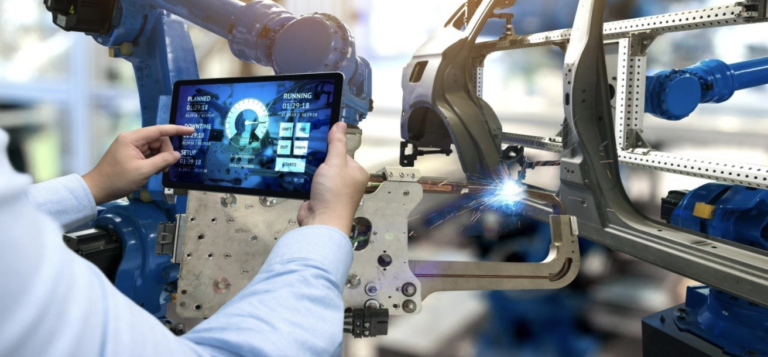The connected vehicle is reshaping our view of mobility and transportation. The goal is how rapidly companies can get the information to fleet managers, deploy predictive analytics and machine learning to report fast, and prevent or save the costs of the downtime. The industry is fast changing from the regular telematics used for data collection to a single gateway to provide connectivity to all the peripherals of the vehicle.
The Connected Vehicle can communicate with the cloud and/or the transport infrastructure, and broadcast relevant information (e.g. vehicle onboard sensor data) into the cloud. According to experts, autonomous driving lies at the extreme end of a technological leap as most OEMs are presently focusing on generating better insights from the chunk of data generated by the vehicles via sensors. Smart and intelligent analytics platforms are being developed that will monitor a vehicle’s ecosystem to keep continuous surveillance along with risk management and vulnerability assessment. The insights aim to improve customer experience, reduce maintenance costs, and prevent accidents.
For instance, Volvo Trucks and Mack Trucks, both subsidiaries of the Swedish Manufacturer AB Volvo, have deployed remote diagnostic and preventative maintenance services based on the Internet of Things (IoT). Volvo Trucks and Mack Trucks utilise telematics to give unparalleled support services with the purchase of all trucks. Volvo Trucks introduced Remote Diagnostics with about 4,000 vehicles in 2012.
Leveraging The Real-Time Data Streams From Vehicle Sensors
With analytics, an optimum trigger event could be created based on fuel level, location, direction for drivers to help them maintain various car-related issues. But, this is just a small aspect of what’s possible. With insights, you can improve user experience with over-the-air software updates.
Analytics can provide insights into which customers might be willing to monitor their driving in return for other benefits such as reduced insurance rates or extended warranties. This can reduce traffic, limit CO2 emissions, and decrease travel expenses.
The data collected is being used for predictive maintenance such as when to change engine oil. Similarly, using the data for giving feedback to OEMs to enhance security and costs of individual vehicles is also important. It’s only through analytics that we can make sense of all this data.
Let’s say a critical shipment is on the road, and the truck is equipped with sensors and even an onboard analytics dashboard analysing the data from the sensors. This way, the system monitors the trucks’ parts and performance, and detects a wide range of safety issues like tyre pressure variation and instability in the load, instantly warning the driver to pull over and assess the cargo. It can also provide an early warning that a part is likely to fail, and also the estimated time to failure.
Data analytics from sensors offers reliable collision notifications, but more importantly, it gives a clear picture of the circumstances of a collision, enabling faster settlement of liability claims and reductions in claims handling shelf-life. Smart and intelligent analytics platforms are being developed that will monitor a vehicle’s ecosystem to keep continuous surveillance along with risk management and vulnerability assessment.
Factors For Growth In Vehicle Intelligence
The growth of Vehicle Analytics will be boosted by the development in Smart Cities, IoT and other smart technologies. The growth in local and international cab aggregators and innovative vehicle-based solutions are other factors. The market for connected vehicle solutions is gradually growing in India also owing to rising demands by fleet managers to save maintenance costs and increase road safety.
One such company is Zendrive which offers its technology solutions to make driving safer for users and help insurers save money in the process. “We do a lot of sensor processing, we build a lot of classification and regression algorithms for building driving behaviour insights,” Pankaj Rasbood, co-founder and VP Engineering Data at Zendrive told AIM in an interview.
This is because the volume of data the company owns is huge, and increases by 11 billion miles worth of data each month. The company’s risk model has also been trained extensively using advanced machine learning algorithms.
“We have petabytes of driving data at this point in time. This is geo-spatial and temporal data at the same time. So, processing the data, being able to derive insights is something we are doing at scale,” Pankaj added.
Telecom companies have been working in this area too. For instance, Vodafone has been working on testing the suitability of its network for connected-car services. The company has already announced a partnership with Continual, an Israel-based analytics company for this. The enhanced business relationship builds on more than three years of extensive collaborative research into the application of advanced network data analytics for mobility use cases, including the use of crowd and commuter analytics.
Big tech companies are also working on a state-of-the-art innovation in connected and autonomous vehicles. Companies like Google, Uber and Tesla have been working on cars which leverage countless data points to minimise human effort in the task of driving. These cars, even though in the research phase, are a major use of Vehicle Analytics. In coming years Vehicle Analytics platforms will have more data to produce insights from in combination with the surrounding environment and road.
For example, everything that goes into making Tesla autopilot the best in the world is based on machine learning and the raw video streams that come from 8 cameras around the vehicle. The footage from these cameras is processed through convolutional neural networks (CNNs) for object detection and performing other actions eventually. A myriad of tools and frameworks run in the background which makes Tesla’s futuristic features a great success. Whenever a vehicle switches lanes, the data is taken, neural networks are trained and are made to predict a potential cut in and warn the system well in advance, avoiding a probable catastrophe.


















































































